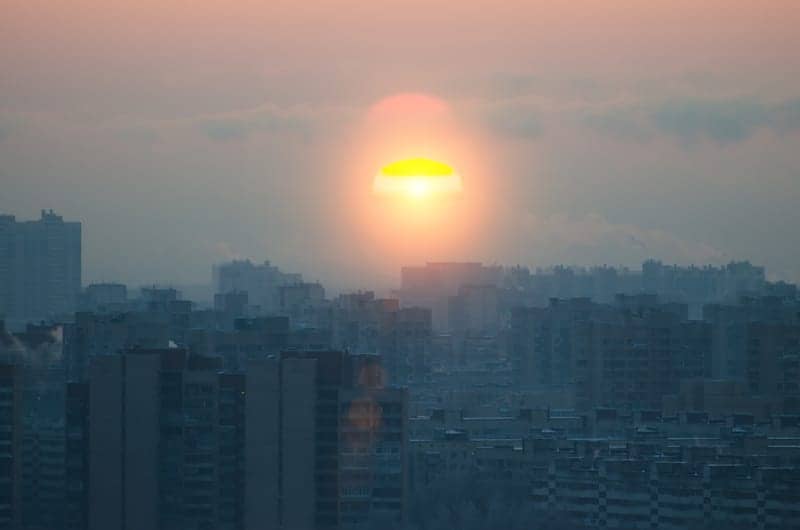COVID-19 cases are affected by climate factors, with seasonal spikes tied to temperature and humidity, a study in the American Journal of Tropical Medicine and Hygiene reports.
Colder regions, such as the US Northeast, may experience more cases during winter, while warmer regions, such as the southern United States, may see higher transmissions in the summer. More-temperate zones could experience two seasonal peaks.
“We think covid may be becoming endemic, meaning that it will stay within the human population, but we will see spikes based on where we are in a particular geographic point,” said author Antar Jutla, a hydrologist at the University of Florida. “The severity of peaks will be defined by how colder the temperature is and how warmer the temperature is.”
Jutla and his colleagues found that coronavirus cases in 19 hot spots worldwide increased above and below certain temperature and humidity thresholds because of human behavior and the virus’s movement as an aerosol. Case numbers spiked when air temperatures dipped below 62 degrees (17 Celsius) or above 75 degrees (24 Celsius). The virus also tends to linger more in drier environments compared to humid ones.
Get the full story at washpo.com
covid-19 and climate
RT Is Your Go To Source For Respiratory Therapy Coverage
RT delivers in-depth coverage of the clinical, regulatory, and technology landscape for respiratory therapy—and reaches more than 28,000 key decision-makers and influencers. As one of healthcare’s most important data companies, we facilitate the rapid adoption of medical devices and practice management tools into the industry.
RT delivers in-depth coverage of the clinical, regulatory, and technology landscape for respiratory therapy—and reaches more than 28,000 key decision-makers and influencers. As one of healthcare’s most important data companies, we facilitate the rapid adoption of medical devices and practice management tools into the industry.
COVID-19 and Climate








